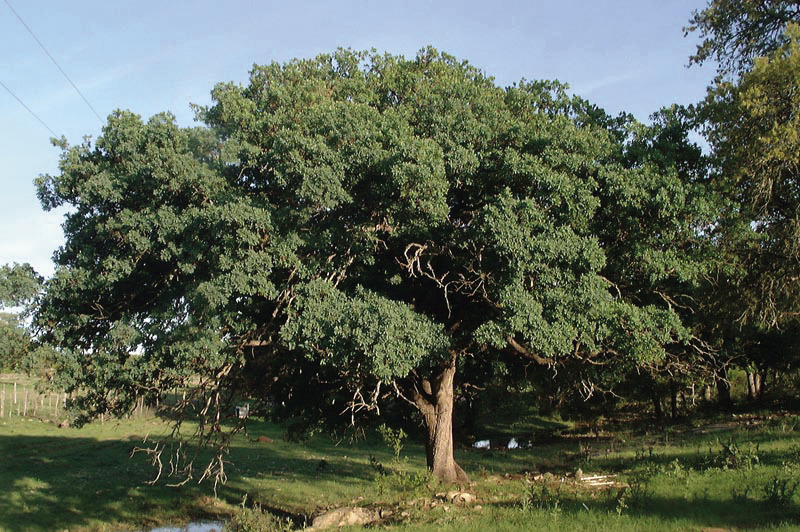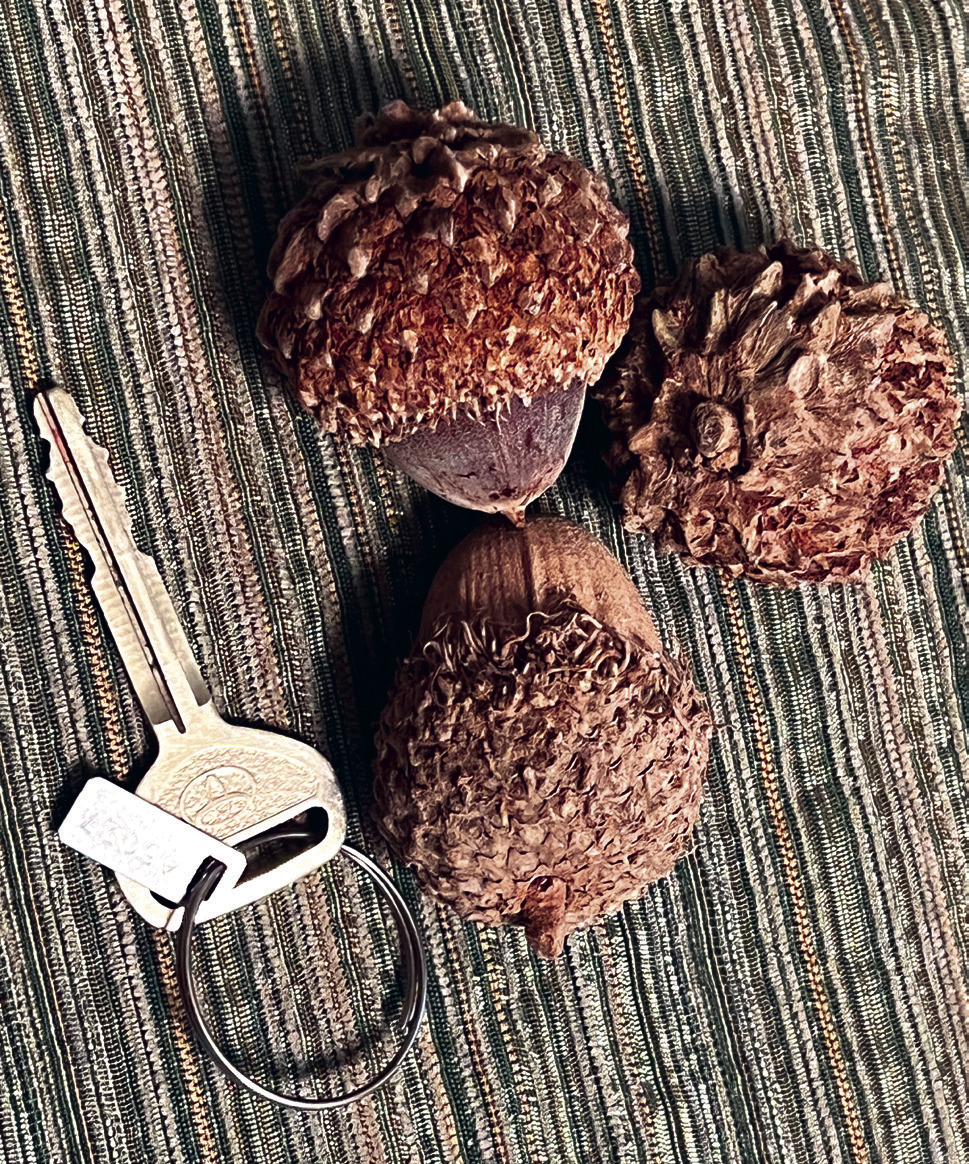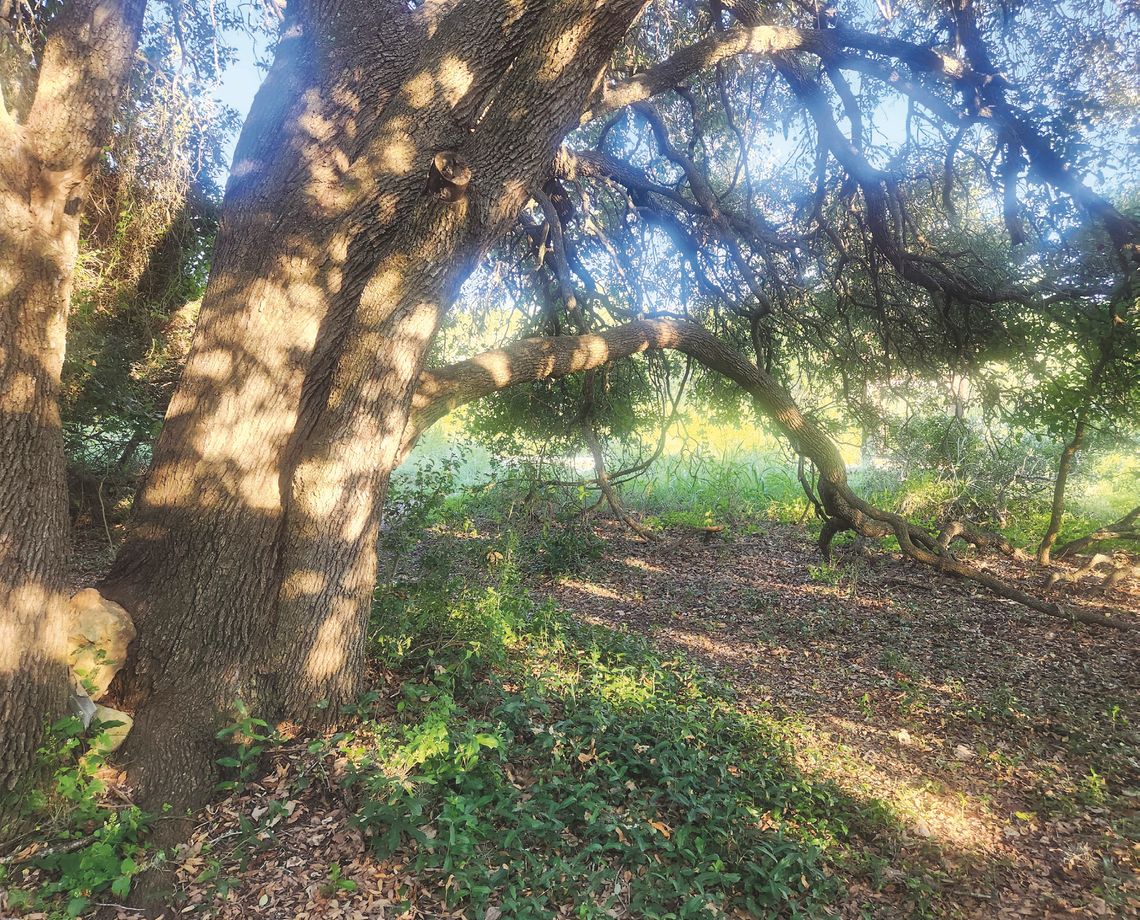Planting roots for posterity
Arbor Day is celebrated on Nov. 1 in Texas and November is an ideal month for planting trees here because most trees are entering dormancy and the weather is cooler. If you are planning to add a tree to your landscape this year, consider improving the diversity in your space.
We love our stately Live Oaks (Quercus virginiana) but having a monoculture can result in the loss of all trees if a disease like oak wilt infests your trees. Having a diverse group of trees helps prevent this disaster as well as adding color and interest to your landscape. There are several trees native to our area (Edwards Plateau and Blackland Prairie) which can help achieve diversity.
The Possumhaw Holly (Ilex decidua Walt) is a small tree (10-30 ft.) whose female trees are covered with bright red berries in the winter which provide color and food for song birds and other wildlife. The Lacey Oak (Quercus lacey) is a medium sized tree (30-50 ft.) with blue green foliage. It is in the white oak family and resistant to oak wilt. It produces small acorns which help some birds and small mammals make it through winter.
If you are looking for a large tree, the Chinkapin and Bur Oaks are both good candidates. Both grow 50-70+ feet with a spread of 30+ feet and have moderate growth rates. The Chinkapin Oak (Quercus muhlenbergii) is another oak wilt-resistant white oak that displays yellow/rust-colored leaves in the fall. The Bur Oak (Quercus macrocarpa) is a stately tree which requires very little water. It produces very large acorns providing food for wildlife and a fun medium for crafting.


Of course, there a many other trees which thrive in our area. If you want to research trees for your property, go to texastreeplanting. tamu.edu and select Express Tree Selector. You can enter your county and get a list of trees as well as detailed info on planting and caring for your trees.
Once you have selected and planted your tree, be sure to soak it. Because our fall has been so dry, you may need to water your new tree more often than usual. If we do not get decent rain, water deeply once a week after the initial planting day and once a month or so during the first year.
Plant a tree for yourself or for posterity!








